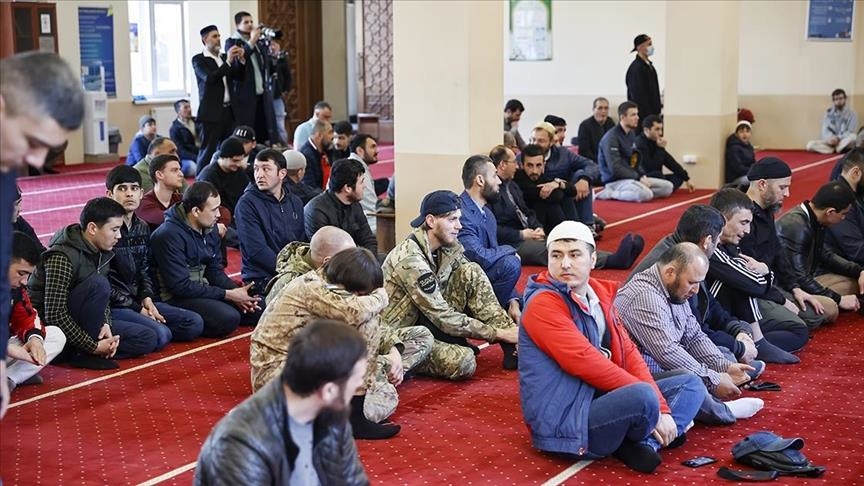
With the war impacting all religious groups in the country, it has also affected Ukrainian Muslims, who have responded with humanitarian initiatives, the development of the military chaplaincy, and calls for help to foreign Islamic organizations, writes Oleg Yarosh (National Academy of Sciences of Ukraine) in Religion & Gesellschaft in Ost und West (September). Before the war, there was an estimated population of more than 500,000 Muslims in Ukraine (Donbass and Crimea included), making up around 1.3 percent of the population. More than half of them resided in Crimea alone, since the most important part of the Muslim population is made of Crimean Tatars; the other largest groups of Ukrainian Muslims are Azeris and Volga Tatars. Ukrainian Islam encompasses a variety of groups and orientations, and besides ethnic groups there are local branches of transnational Islamic organizations: there is Al-Ahbash, for example, which started in Lebanon, while the Council of Ukrainian Muslims (Arraid) is associated with the Council of European Muslims (previously known as the Federation of Islamic Organizations in Europe, with roots in the Muslim Brotherhood).

Muslims in Ukraine celebrates Eid al-Fitr in shadow of war, May 2022 (source: Anadolu Ajansı).
After Russia’s annexation of Crimea in 2014, some 20,000 to 35,000 Crimean Tatars moved to other areas of Ukraine, some of them being members of Salafi groups or Hizb ut-Tahrir afraid of being persecuted. This led to a spread of Salafism in other areas of Ukraine. On the other hand, a number of Muslim organizations signed in 2016 a “Charter of Muslims of Ukraine” promoting the participation of Muslims in Ukrainian society and politics. In reaction to some criticism alleging that the charter’s authors had deviated from Islamic tradition, it was followed by a “Social Concept of Muslims of Ukraine” that explained the Islamic roots of their approach. According to Yarosh, this contributed to a positive dynamic among Ukrainian Muslims before the war. The war has massively impacted the eastern and southern areas of Ukraine, where a majority of Ukrainian Muslims used to live. Eight mosques and Islamic centers have already been destroyed. There are 2,000 to 3,000 Muslim soldiers in the Ukrainian armed forces, and there are battalions of foreign Muslim volunteers from the Caucasus and from Turkey. Established in 2014, the Muslim chaplaincy in the Ukrainian armed forces has developed since the war started. Ukrainian Muslim leaders have condemned Russia’s invasion, while Russian Muslim leaders support it. Ukrainian Muslim leaders have also called on Russian Muslim minorities to resist the Moscow regime. On the other hand, in the territories occupied by Russia, Russian Muslim organizations have been expanding their control through newly founded local Islamic structures. The war is thus leading to divisions between Russian and Ukrainian Muslims.
(Religion & Gesellschaft in Ost und West, Institut G2W, Bederstr. 76, 8002 Zürich, Switzerland – https://www.g2w.eu/zeitschrift/)